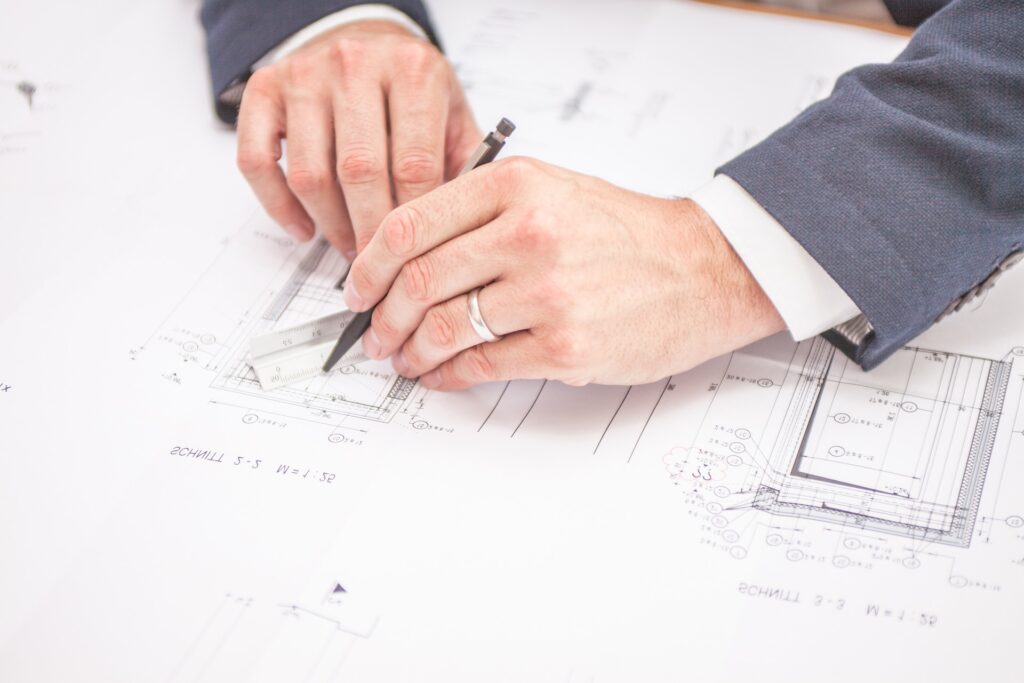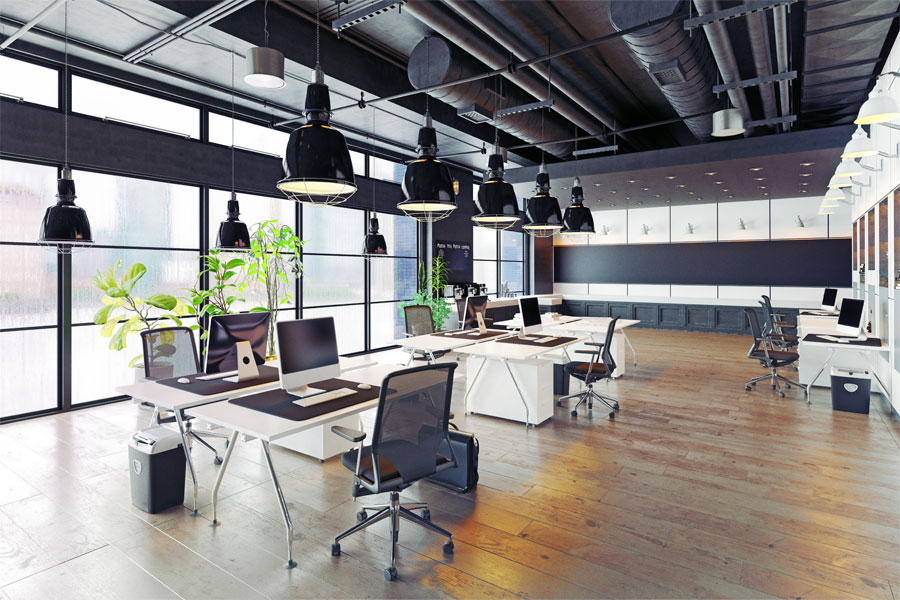Art galleries and museums are more than just spaces to exhibit artwork; they are environments that engage and captivate visitors. Effective display area design plays a pivotal role in enhancing the visitor experience and showcasing artistic masterpieces in the best possible way. From the arrangement of artwork to lighting, wall treatments, and display fixtures, every aspect of the design contributes to the success of these spaces. In this article, we will explore the key considerations and strategies for designing effective display areas in art galleries and museums. We will delve into the importance of space planning, the expertise of a commercial interior design company, and the design and build process in creating captivating environments that elevate the visitor experience.
Also read: Top 20 Office Interior Designer Companies in Delhi NCR
Understanding the Importance of Effective Display Areas
Art galleries and museums serve as platforms for artistic expression, and the design of display areas significantly impacts how artwork is perceived and appreciated. Effective display areas:
- Enhance the visitor’s connection with the artwork
- Create a cohesive and immersive experience
- Balance aesthetics with functionality for optimal viewing conditions
Space Planning for Display Areas
Space planning is a critical aspect of designing effective display areas. Considerations include:
- Assessing available space and determining optimal layouts
- Zoning areas to accommodate different art forms or themes
- Incorporating flexibility to adapt to changing exhibitions or collections
Our space planning services in commercial interior design focus on optimizing the functionality and efficiency of your workspace, ensuring a seamless and well-utilized layout.
Lighting Design for Art Galleries and Museums
Lighting plays a vital role in showcasing artwork. Key considerations include:
- Striking a balance between natural and artificial lighting
- Utilizing lighting techniques to highlight specific artwork and create desired atmospheres
- Controlling lighting intensity and direction to reduce glare and ensure proper visibility
Wall Treatments and Backgrounds
Wall treatments and backgrounds provide a backdrop for artwork. Design considerations include:
- Choosing appropriate wall colors and finishes to enhance artwork
- Incorporating textures and materials that complement the overall aesthetic
- Using gallery rails or other display enhancements to allow for flexible artwork arrangement
Display Fixtures and Mounting Systems
Display fixtures and mounting systems are essential for showcasing artwork safely and effectively. Considerations include:
- Selecting appropriate display fixtures to enhance artwork visibility and aesthetics
- Utilizing secure and adjustable mounting systems for different art mediums
- Ensuring accessibility and implementing proper security measures
The Role of a Commercial Interior Design Company
Collaborative Design Process
Engaging a commercial interior design company brings expertise and collaboration to the table. They assist in:
- Understanding the vision and goals of the gallery or museum
- Translating artistic concepts into practical and impactful design solutions
- Incorporating brand identity and storytelling elements into the display areas
The Design and Build Process
The design and build process encompasses the transformation of ideas into tangible spaces. It involves:
- Concept development and visualization to capture the desired atmosphere
- Material selection and procurement for quality and durability
- Construction and installation to bring the design vision to life
Our design and build services in commercial interior design offer a comprehensive solution from concept development to final construction, ensuring a seamless and efficient process.
Conclusion
Designing effective display areas in art galleries and museums is a collaborative and multi-faceted process. By considering space planning, collaborating with a commercial interior design company, and following a thoughtful design and build process, galleries and museums can create captivating environments that elevate the visitor experience. From lighting design and wall treatments to display fixtures and mounting systems, every aspect of the design contributes to showcasing artistic masterpieces in the best possible way. By prioritizing these considerations, art galleries and museums can create memorable and inspiring spaces that engage visitors and provide a platform for artistic appreciation.
Also read: Top Trends of Office Interior design evolving in 2023





